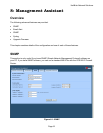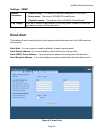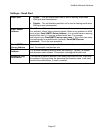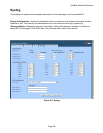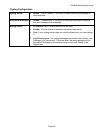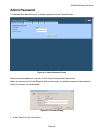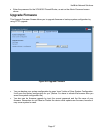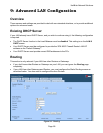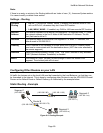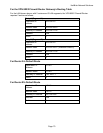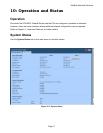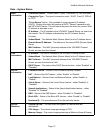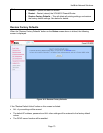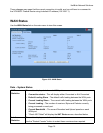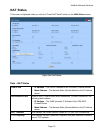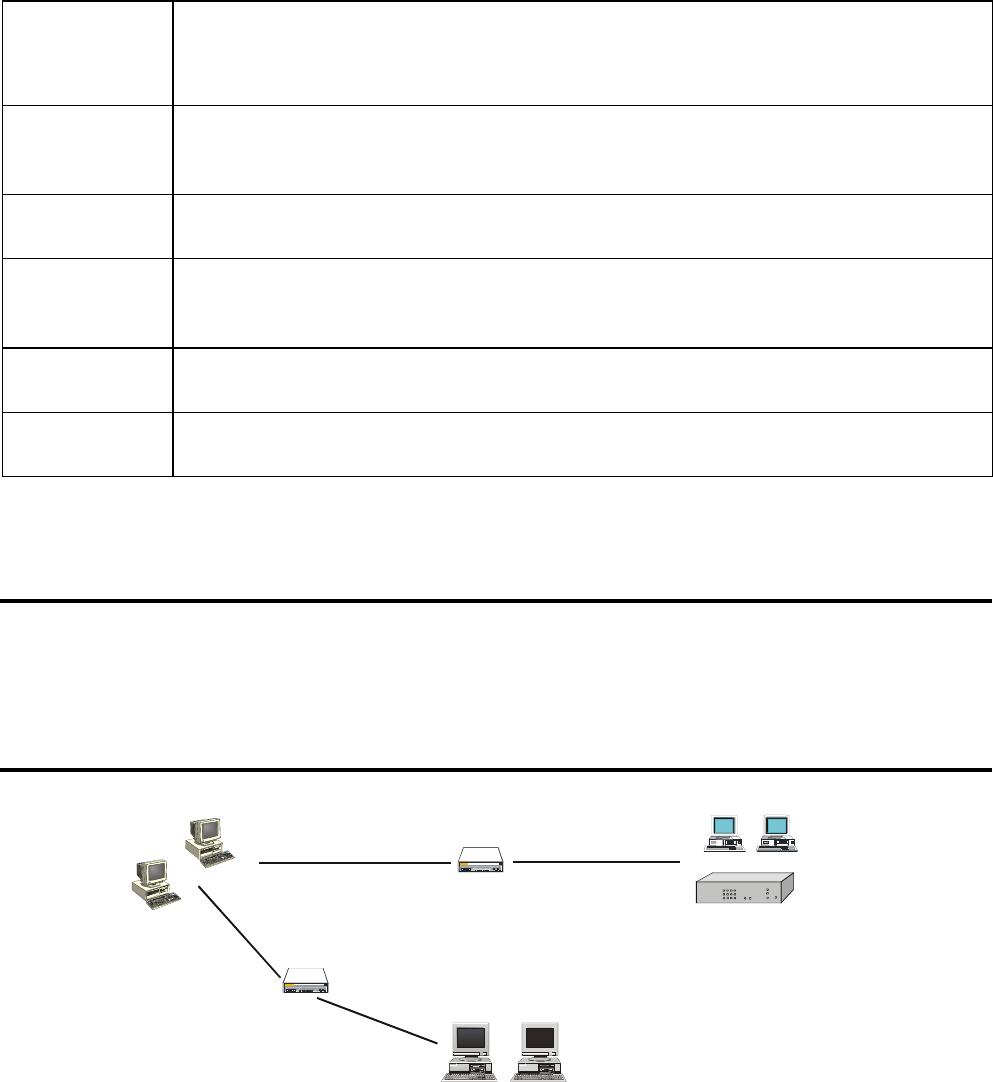
HotBrick Network Solutions
Page 69
Note:
If there is an entry or entries in the Routing table with an Index of zero ( 0 ), these are System entries.
You cannot modify or delete these entries.
Settings – Routing
Dynamic
Routing
• RIP v2 – This acts as “master” switch. If enabled, the selected WAN or LAN
will run RIPv1/v2, otherwise they don’t have RIP function.
• LAN, WAN1, WAN2 – If enabled, any WAN or LAN can execute RIP function.
Network
Address
The network address of the remote LAN segments. For standard class "C" LANs,
the network address is the first 3 fields of the Destination IP Address. The 4th
(last) field can be left at 0.
Netmask
The Network Mask for the remote LAN segments. For class "C" networks, the
default mask is 255.255.255.0
Gateway
The IP Address of the Gateway or Router which the VPN 800/2 Firewall Router
must use to communicate with the destination above. (NOT the router attached to
the remote segment.)
Interface
Select the correct interface, usually "LAN". The "WAN" interface is only available
if NAT (Network Address Translation) is disabled.
Metric
The number of "hops" (routers) to pass through to reach the remote LAN
segment. The shortest path will be used.
Configuring Other Routers on your LAN
All traffic for devices not on the local LAN must be forwarded to the Load Balancer, so that they can
be forwarded to the Internet. This is done by configuring other Routers to use the VPN 800/2 Firewall
Router as the Default Route or Default Gateway, as illustrated by the example below.
Static Routing - Example
Router B
(192.168.2.90)
(192.168.3.70)
Router A
Segment 0
Segment 2
Segment
1
(192.168.1.xx)
(192.168.2.xx)
(192.168.1.100)
(192.168.1.1)
(192.168.3.xx)
(192.168.2.80)
Figure 9-2: Routing Example



